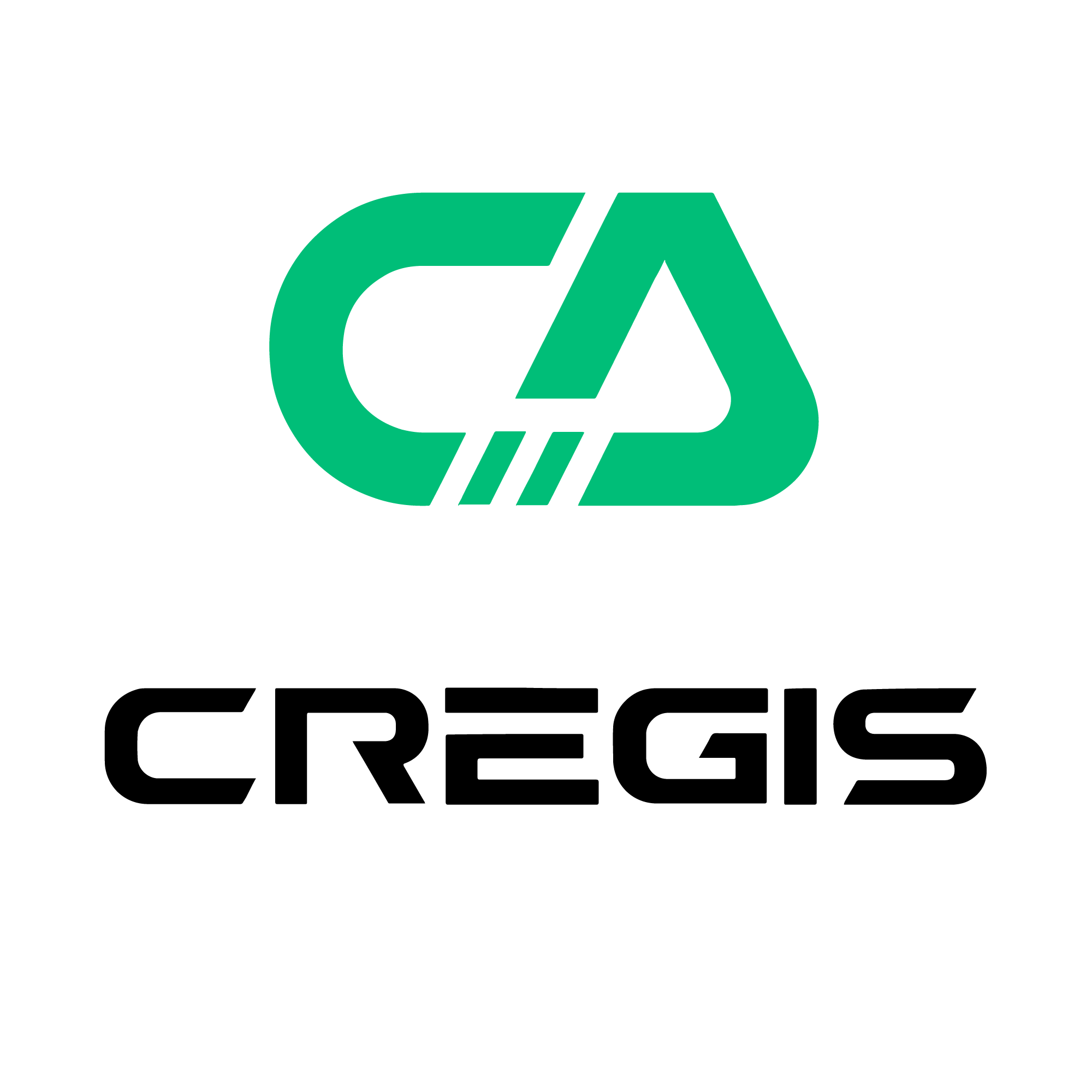Key Takeaways
- Cryptocurrencies are digital assets secured by cryptography and powered by blockchain technology.
- They operate on decentralized peer-to-peer (P2P) networks without the need for intermediaries.
- Popular cryptocurrencies include Bitcoin (BTC), Ethereum (ETH), BNB, Tether (USDT), and Solana (SOL).
- Crypto assets are accessed via wallets or exchanges but are actually recorded on blockchains, not stored in the wallets themselves.
What Is a Cryptocurrency?
A cryptocurrency is a digital form of money designed to be secure, transparent, and decentralized. It uses cryptographic techniques to facilitate secure financial transactions and control the creation of new units.
Unlike fiat currencies controlled by governments, cryptocurrencies operate on blockchain networks, enabling 24/7 global transactions without needing banks or payment processors.
At Cregis, we empower users to manage their crypto through self-custodial wallets and seamless crypto payment tools, reinforcing the principles of decentralization and user control.
A Brief History: The Birth of Bitcoin
The first cryptocurrency, Bitcoin (BTC), was introduced in 2009 by an anonymous figure known as Satoshi Nakamoto. It was designed as a decentralized alternative to traditional currencies, free from institutional control.
Since then, thousands of cryptocurrencies have emerged, each offering unique features and use cases—from decentralized finance (DeFi) and gaming to AI, healthcare, and beyond.
How Cryptocurrency Works
Blockchain Technology
Most cryptocurrencies run on blockchains—public ledgers distributed across networks of computers (nodes). Every transaction is verified and recorded in a new block, which is then permanently linked to previous blocks, forming an immutable chain.
This structure:
- Ensures transparency
- Prevents data tampering
- Removes single points of failure
Cryptography
Each crypto transaction involves digital signatures created using private keys. These signatures are verified by the network to ensure the legitimacy of the transaction before it’s added to the blockchain.
This cryptographic layer is essential to maintaining the security, integrity, and trust within cryptocurrency networks.
What Makes Cryptocurrency Unique?
Here are five key features that set cryptocurrencies apart from traditional money:
1. Decentralization
Control lies with users—not governments or banks.
2. Transparency & Immutability
All transactions are recorded on a public ledger and can't be changed.
3. Programmability
Blockchains like Ethereum allow for smart contracts and decentralized apps (DApps).
4. Borderless Transactions
Send and receive funds across the world without barriers or high fees.
5. Limited Supply
Many cryptos, like Bitcoin, have capped supplies that resist inflation and enhance scarcity.
What Is Crypto Market Capitalization?
Market Cap = Current Price × Circulating Supply
It helps investors understand the size and value of a cryptocurrency. A high market cap often signals stability and widespread adoption, while lower caps may indicate higher risk and potential reward.
However, market cap isn’t the only metric that matters—technology, team, community, tokenomics, and utility are just as critical.
Top 5 Cryptocurrencies by Market Cap
1. Bitcoin (BTC)
The original cryptocurrency and digital gold. Bitcoin uses proof-of-work (PoW) and has a fixed supply of 21 million coins.
2. Ethereum (ETH)
A smart contract platform that powers DeFi and DApps. It transitioned from PoW to proof-of-stake (PoS) to improve scalability and efficiency.
3. BNB
Native to the BNB Chain, BNB is used for paying fees, staking, and participating in Binance Launchpool. It features fast transactions and low fees.
4. Tether (USDT)
A stablecoin pegged to the US dollar. USDT offers price stability and is commonly used for trading and transferring value.
5. Solana (SOL)
A high-performance blockchain supporting fast and cheap transactions. Solana is popular in DeFi and NFT ecosystems.
How to Safely Invest in Cryptocurrency
1. DYOR (Do Your Own Research)
Learn about blockchain basics, crypto projects, and the teams behind them.
2. Beware of Scams
Protect yourself from phishing, Ponzi schemes, and fake giveaways. Never share your private keys or seed phrases.
3. Start Small
Begin with small, manageable investments to test the waters.
4. Stay Informed
Follow news, updates, and industry trends to make data-driven decisions.
5. Choose Trusted Exchanges
Use reputable platforms with strong security, low fees, and good customer support.
6. Practice Risk Management
Only invest what you can afford to lose and consider using stop-loss orders.
What Is a Crypto Whitepaper?
A whitepaper outlines a crypto project's goals, technology, tokenomics, and roadmap. It serves as a blueprint for the project.
However, not all whitepapers are created equal. Since there are no formal standards, always cross-check claims and validate the team’s credibility before investing.
Final Thoughts: The Future of Crypto
Cryptocurrency has redefined how we think about money, finance, and digital ownership. Whether it becomes a global replacement for fiat or remains a parallel financial system, one thing is certain—it’s here to stay.
At Cregis, we’re committed to building the infrastructure for a more open, decentralized future. With our self-custodial wallet, crypto payment engine, and developer tools, you can embrace the crypto revolution with confidence.
关于Cregis
Cregis成立于2017年,是企业级数字资产基础设施领域的全球领导者,为机构客户提供安全、可扩展且高效的管理解决方案。
为应对区块链系统碎片化和资产安全风险方面的挑战,Cregis提供基于MPC的自托管钱包、WaaS解决方案和支付引擎,打造高度整合且合规的数字资产管理平台和生态。
迄今为止,Cregis已为全球超过3,500家机构客户提供服务。为交易所、金融科技平台和Web3企业提供了安全的区块链技术接入方案。凭借多年在区块链和安全领域的成熟专业知识,Cregis助力企业加速Web3转型,把握全球数字资产发展机遇。

